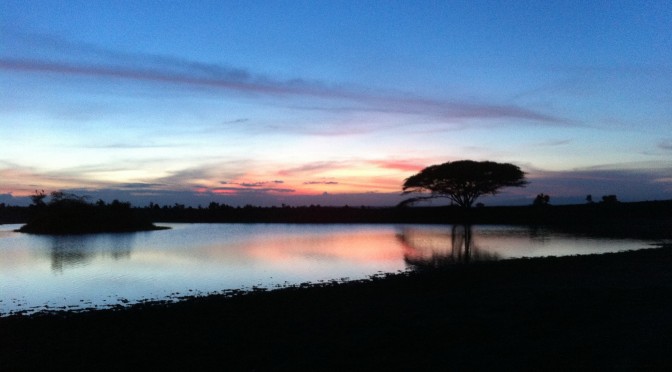 First Person on Scene Intermediate [FPOS I] training is a typically a five day course aimed at those likely to be providing the initial care to a person injured or taken ill. The FPOS I course is most relevant for people who are likely to be unable to call for professional medical back up, or that that help will arrive in more than 20 minutes.
First Person on Scene Intermediate [FPOS I] training is a typically a five day course aimed at those likely to be providing the initial care to a person injured or taken ill. The FPOS I course is most relevant for people who are likely to be unable to call for professional medical back up, or that that help will arrive in more than 20 minutes.
Next FPOS I “Open” course dates in Essex: 8th-12th Feb 2016
Call 0800 242 5210 to book.
Originally designed for community first responders working with the NHS, this course has become increasingly popular as an alternative to the traditional workplace first aid courses.
The course is highly practical, focusing on building a confident approach to casualty management through scenario work involving casualty simulation.
The course covers:
The pre-hospital environment
- role of the FPOS I
- scene safety
- minimising the risk of infection
- triage
Patient assessment
- communication with patients
- examination and assessment
- safe moving and handling
Respiration and Airway management
- recognition of respiratory problems
- common breathing difficulties
- basic airway management
- use of suction
- removal of crash helmets
- use of airway adjuncts
- oxygen supplementation
- ventilation support
- bag/valve/mask
Basic Life Support
- perform basic life support [all age groups including child bls and infant bls]
Defibrillation
- automated external defibrillation
- normal and abnormal heart rhythms
Circulation and Shock
- recognition and care of bleeding
- shock [to include faints]
Medical related emergencies
Recognition and initial care of
- heart attack/angina
- diabetes
- stroke
- epilepsy
- unconscious patient
- asthma/anaphylaxis
- assisting the paramedic/medical care provider
Trauma Related emergencies.
- recognition and initial care of injuries to bones, joints, tendons and ligaments
- recognition and initial care of burns and scalds
- recognition and initial care of other trauma related injuries
- skeletal stabilisation
With this amount of content to be covered, you will appreciate that the training days are long and full on. We also require delegates to have completed some pre-reading of the course manual prior to the course. The course includes the necessary lessons to build knowledge but has a high percentage of practical sessions, skills stations and most importantly casualty scenario work. This scenario work can be both physically and mentally challenging, but very rewarding. Contact our training office via info@lazarustraining.co.uk or on 0800 242 5210 to discuss any specific needs/questions.

![First Person on Scene [Intermediate] medical training](http://www.ngosafetytraining.com/wp-content/uploads/2015/12/IMG_9439-672x372.jpg)

